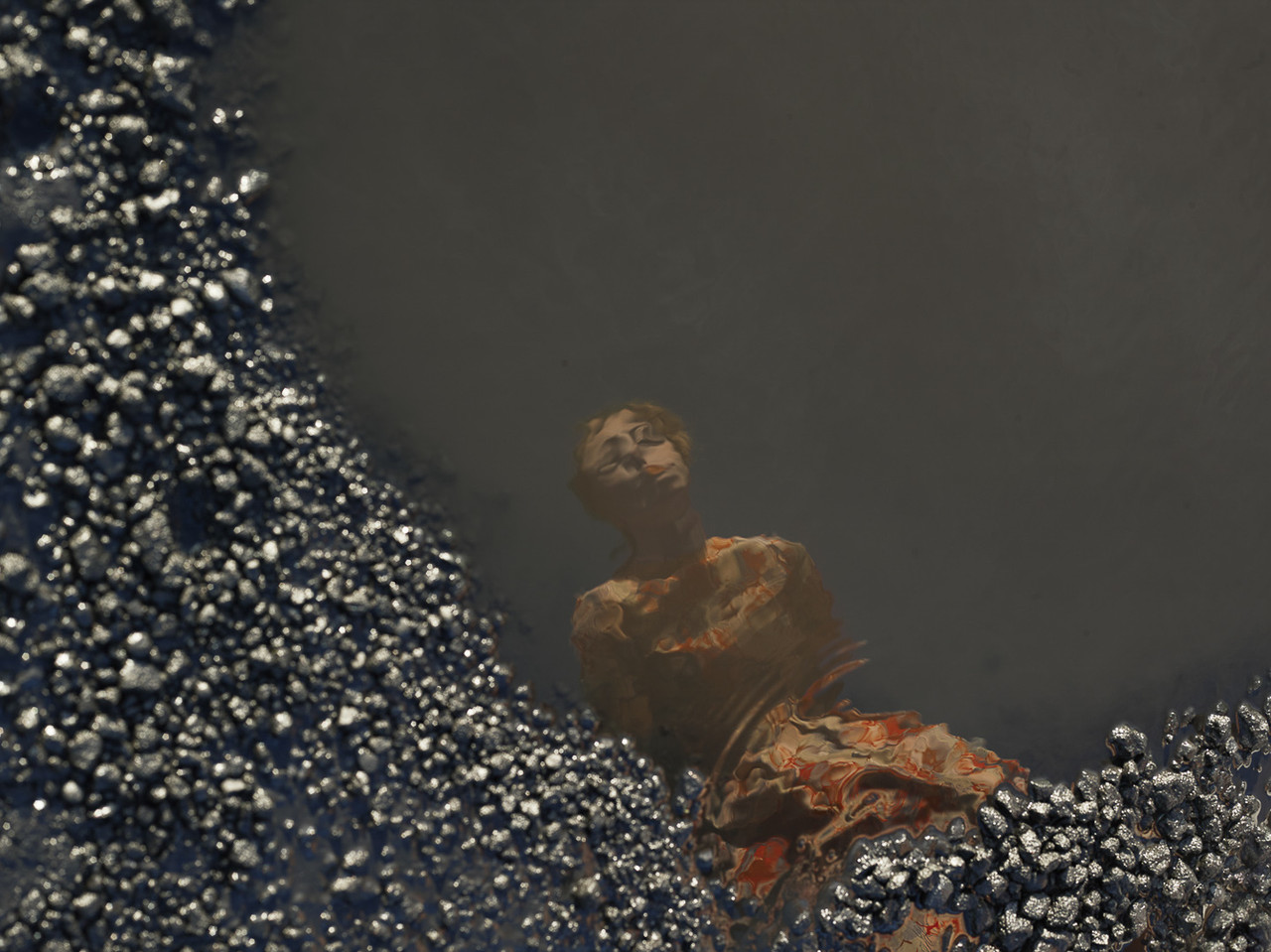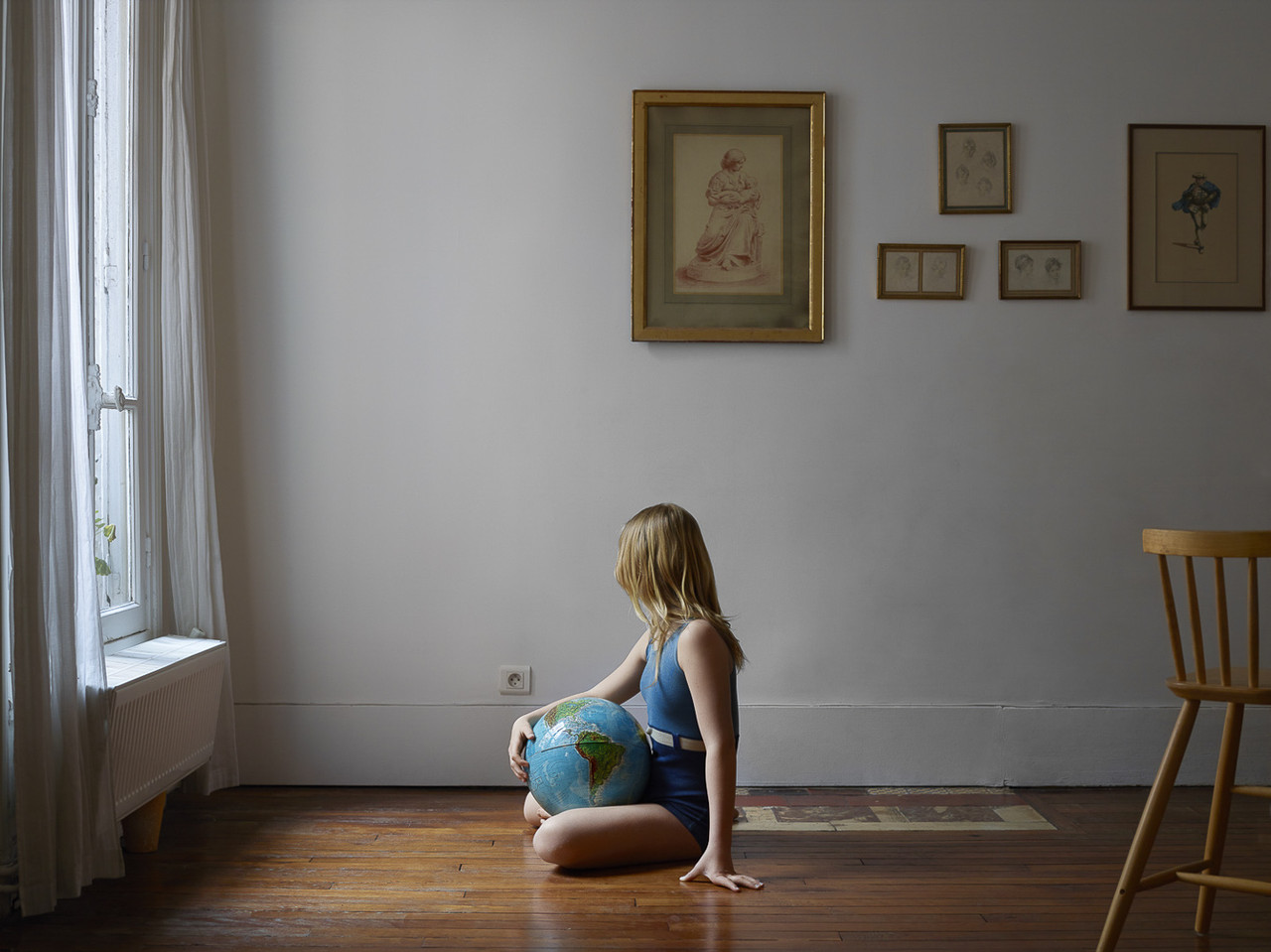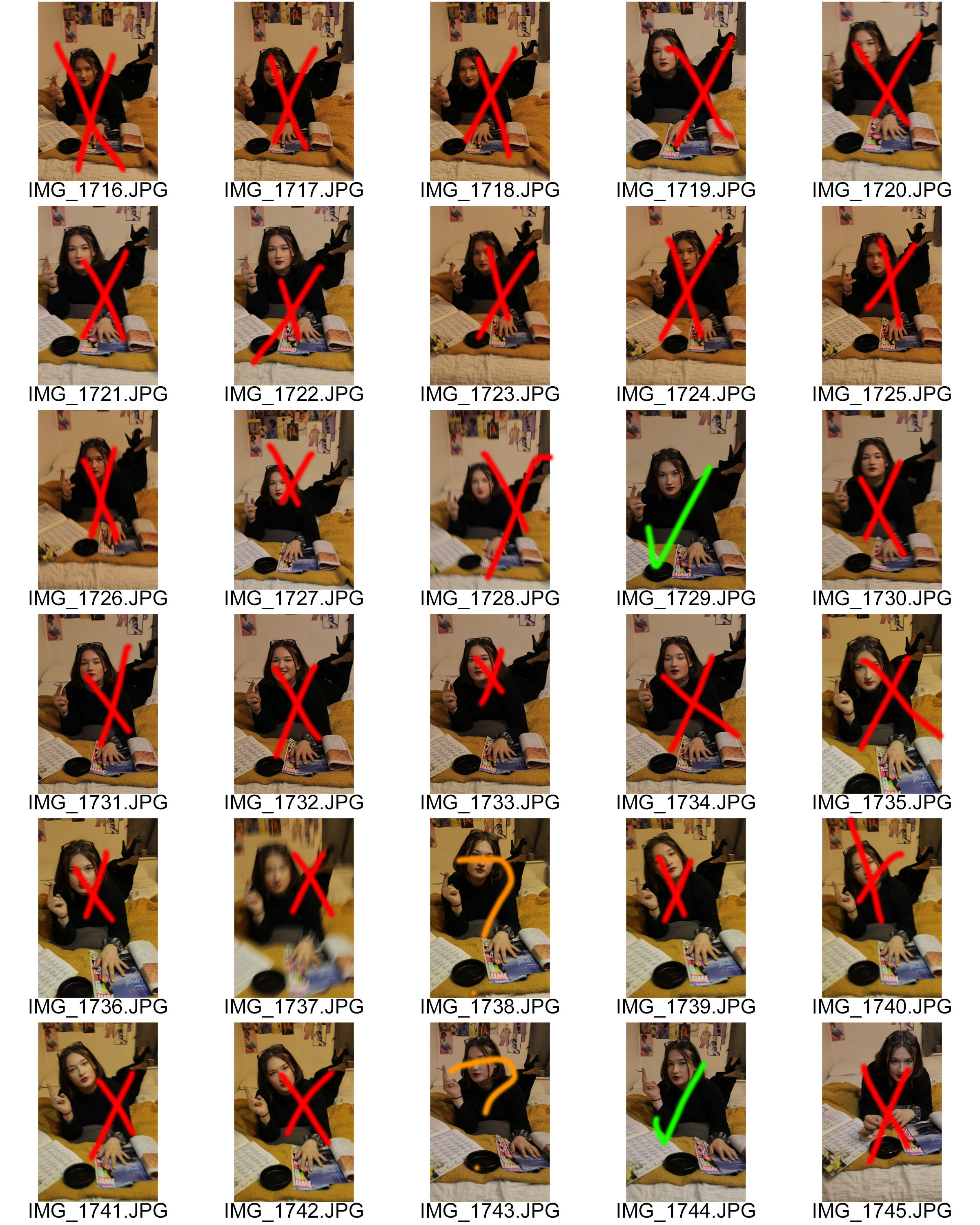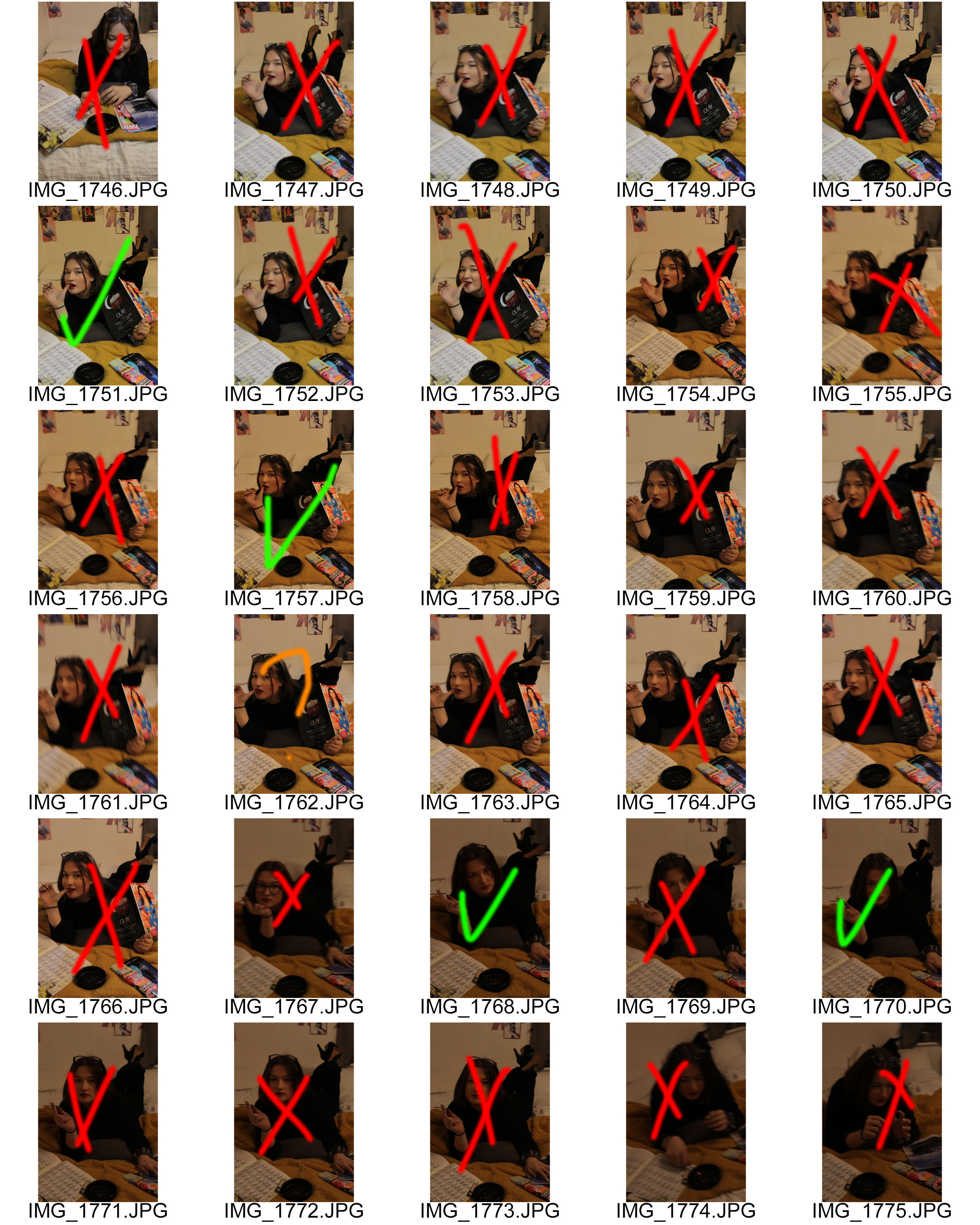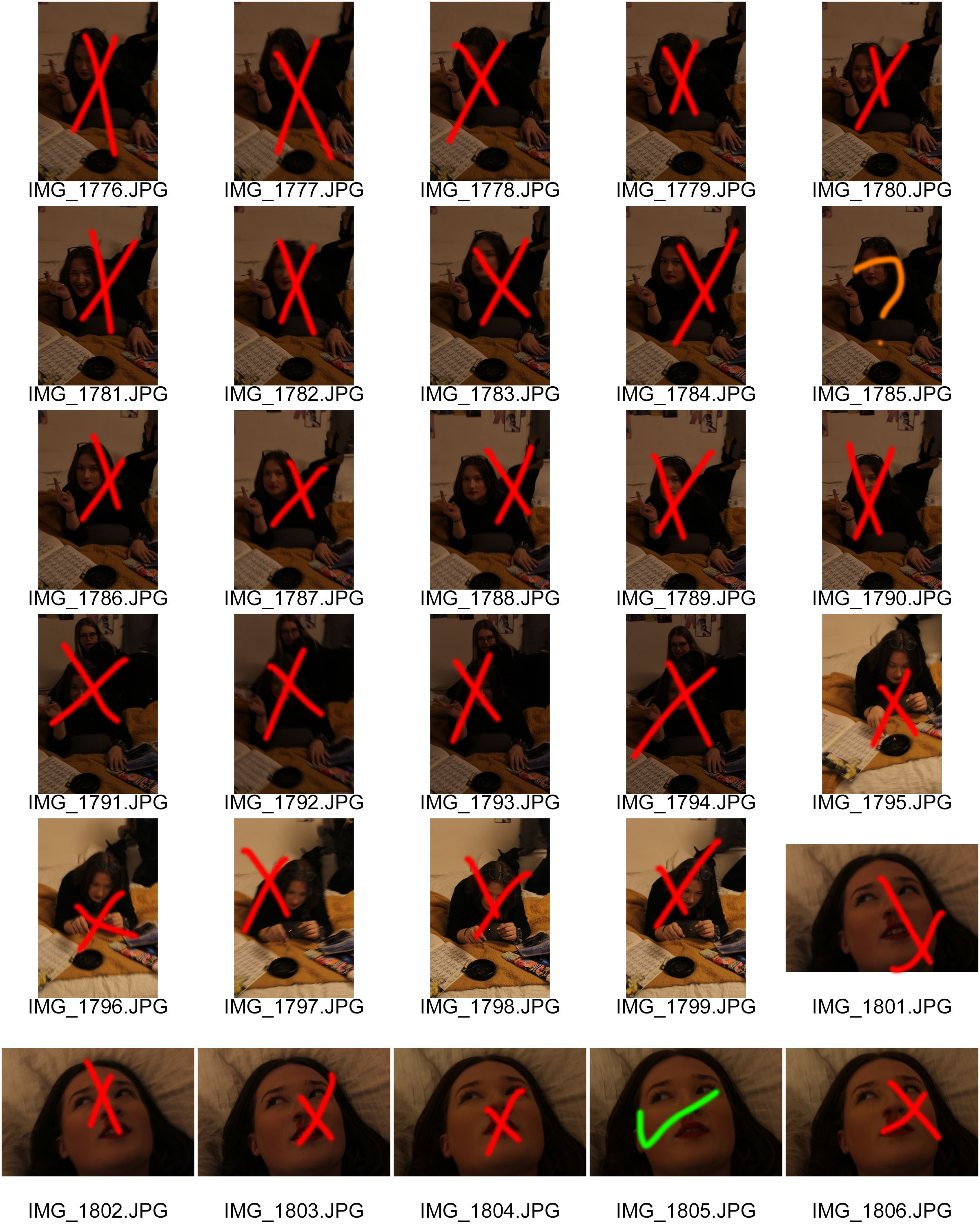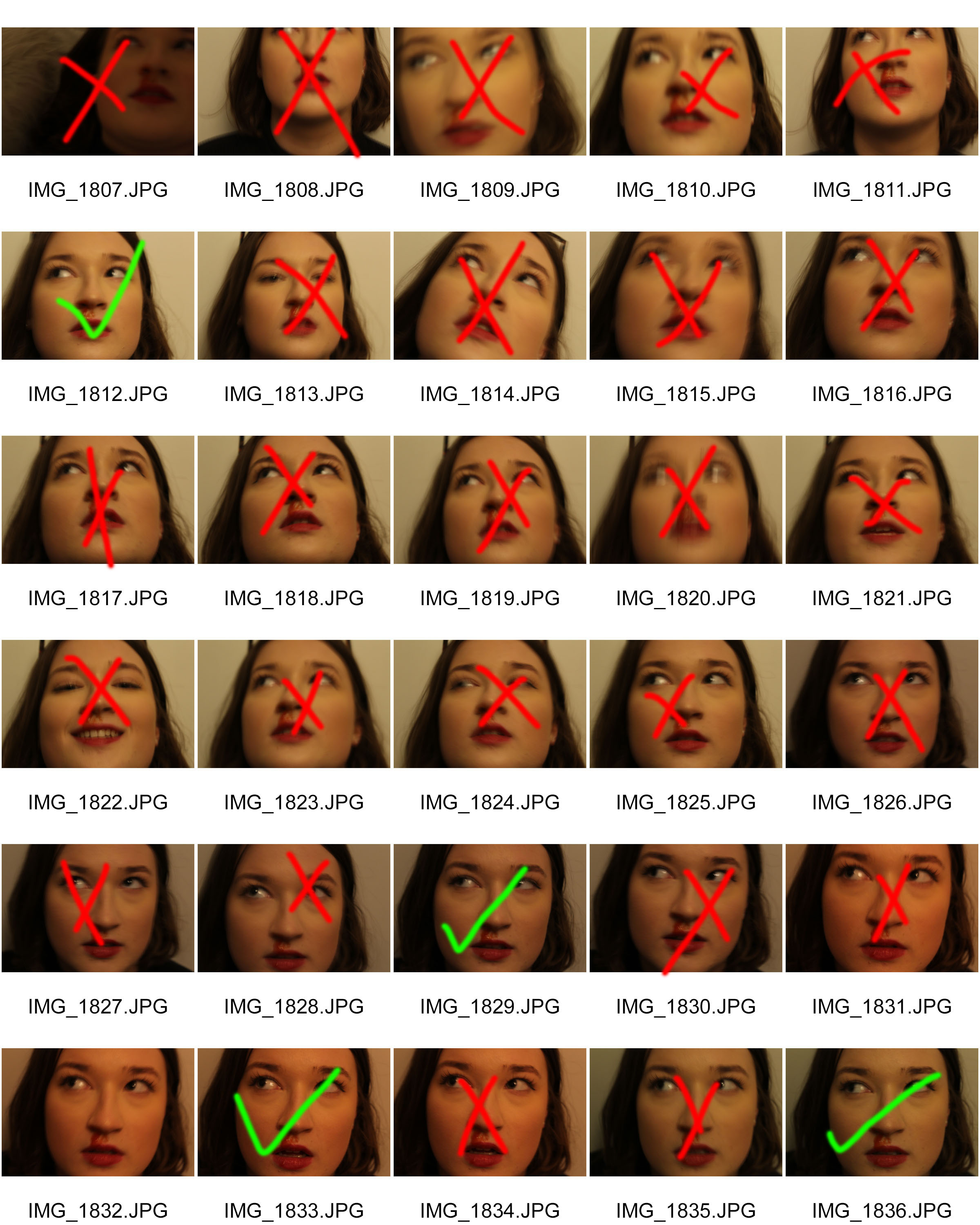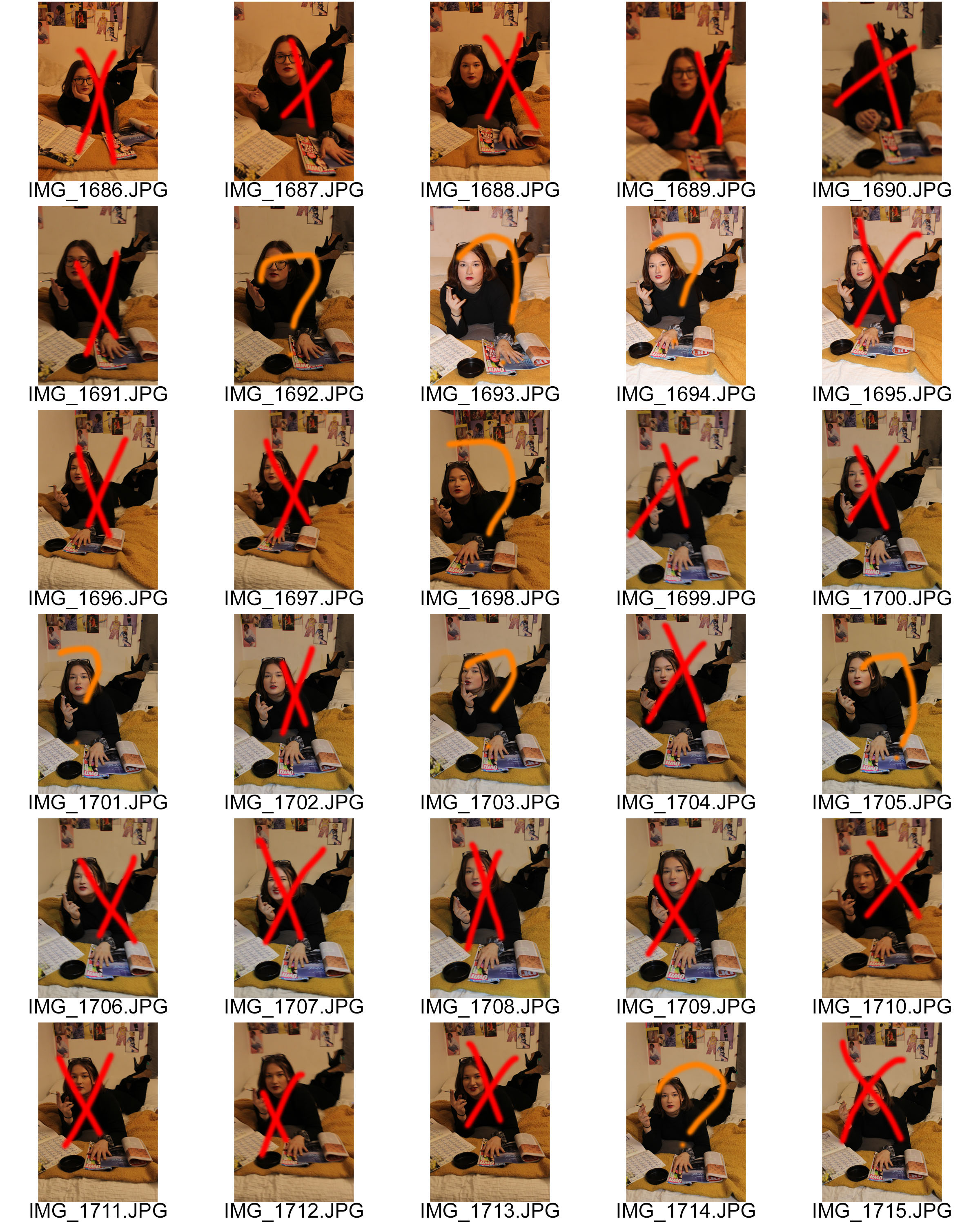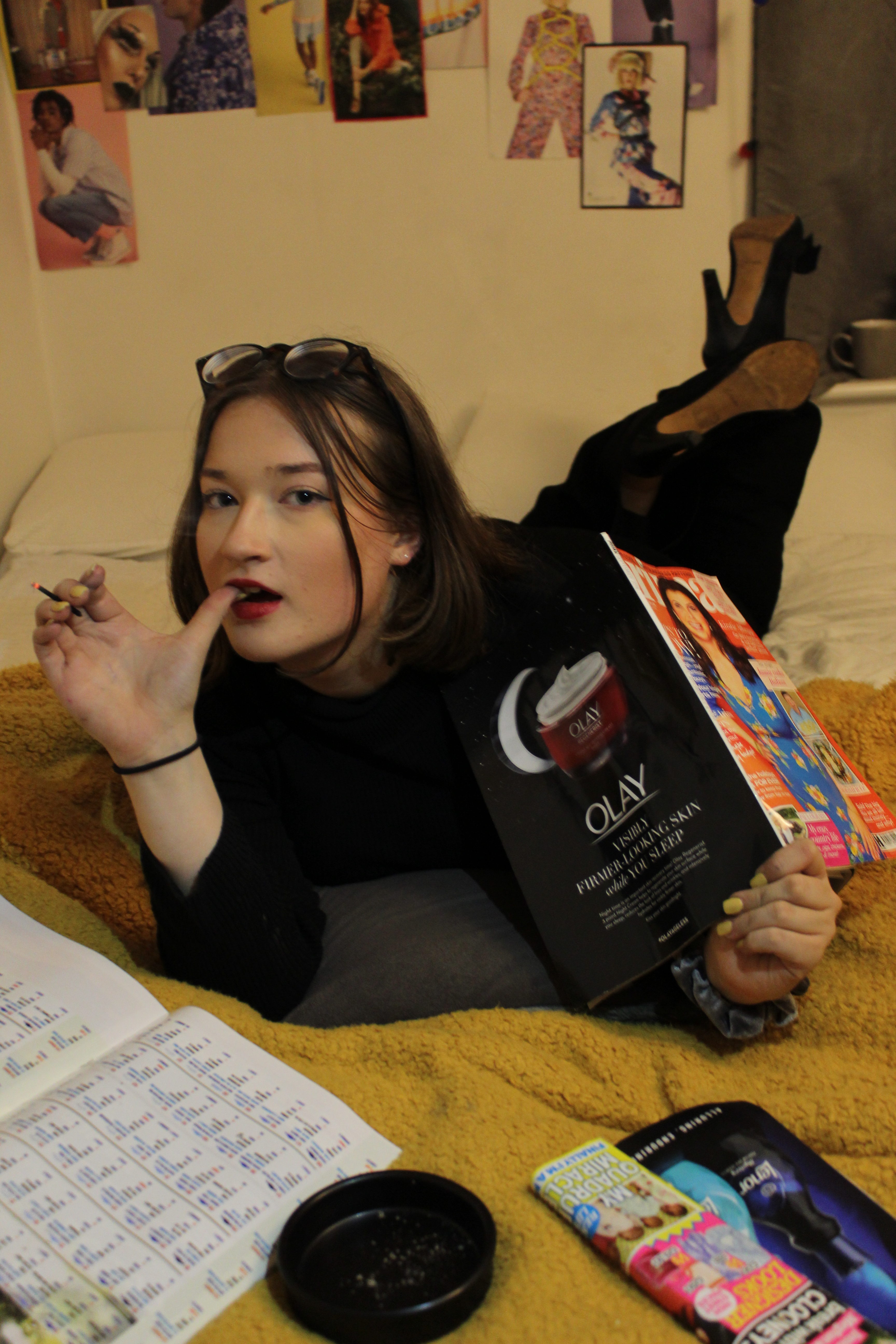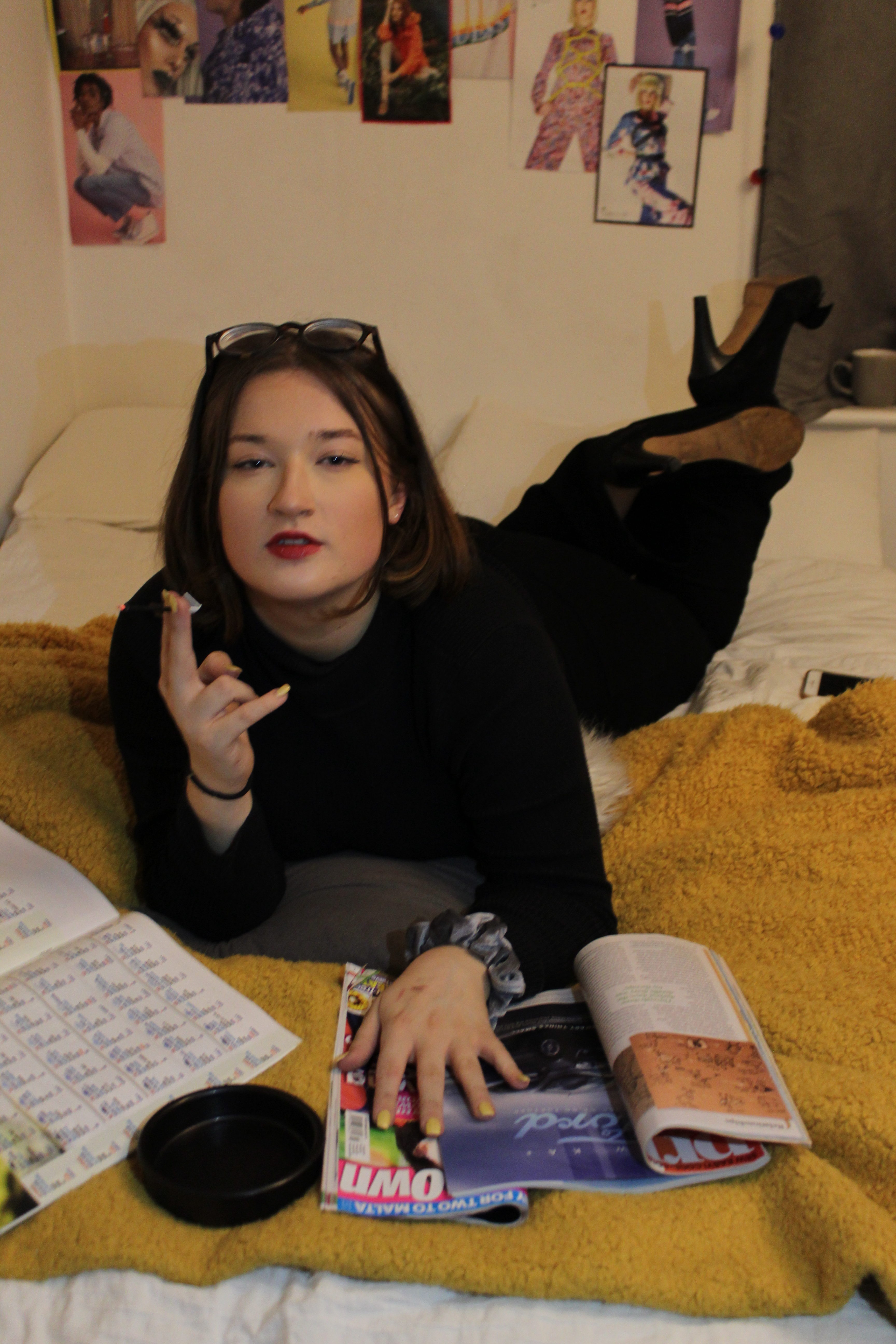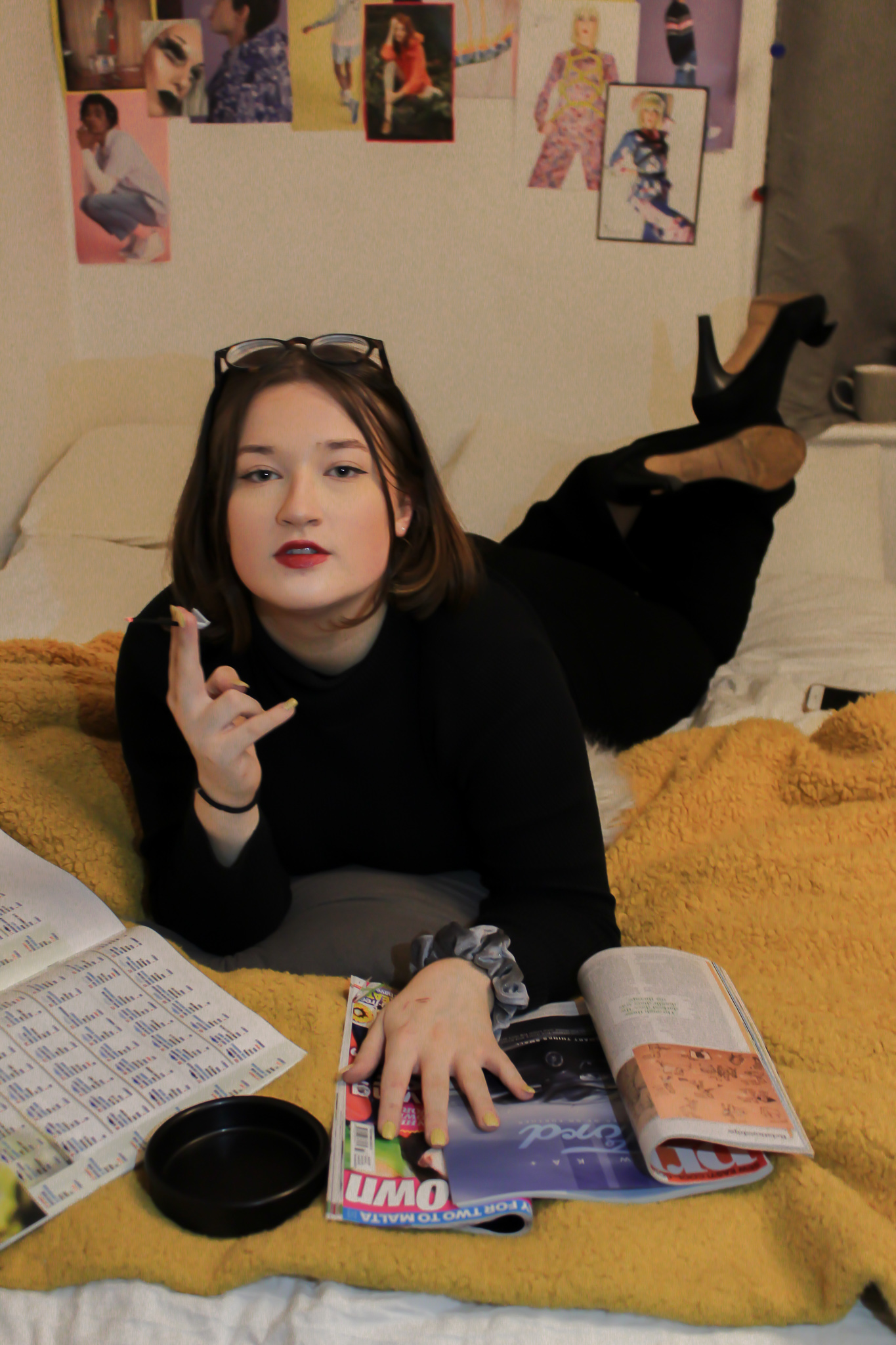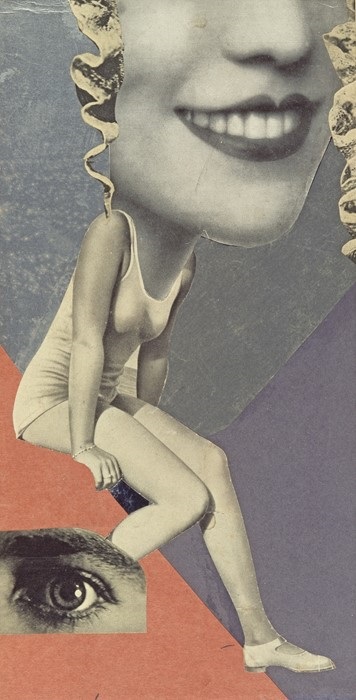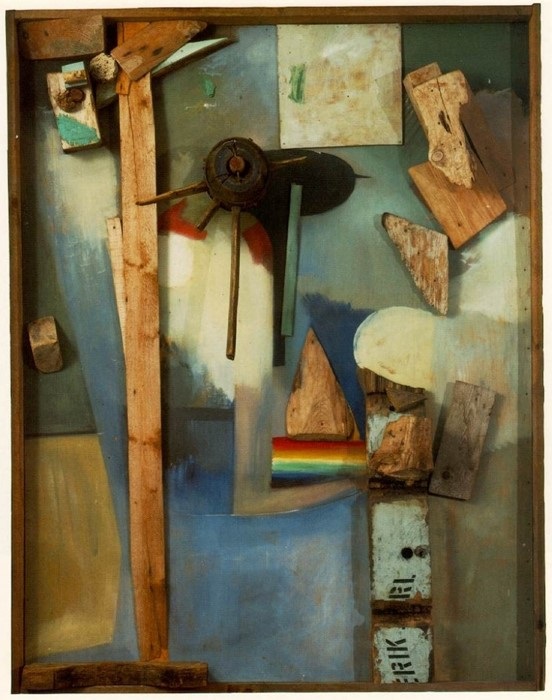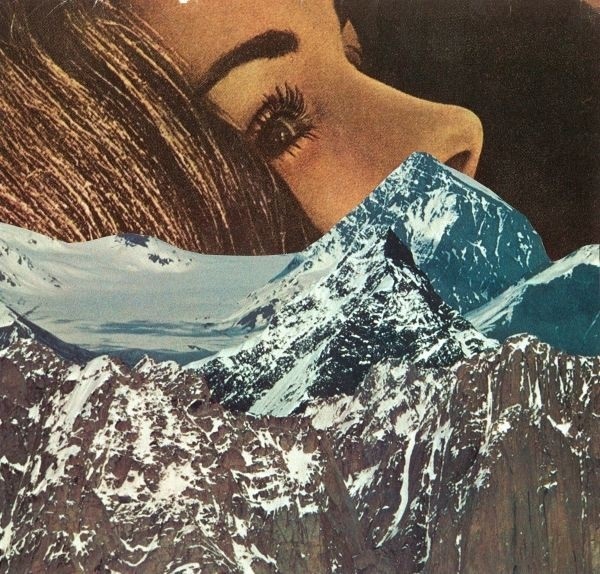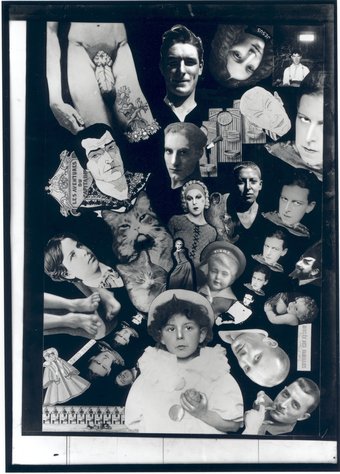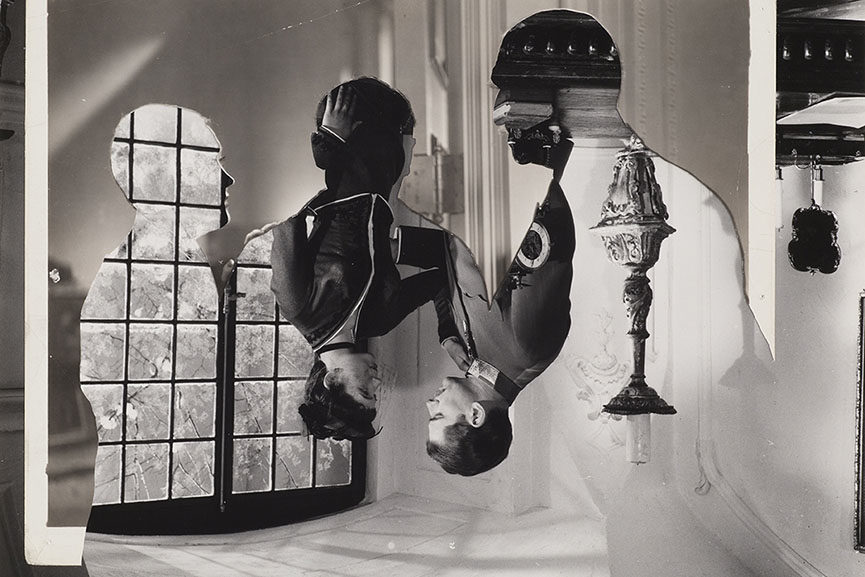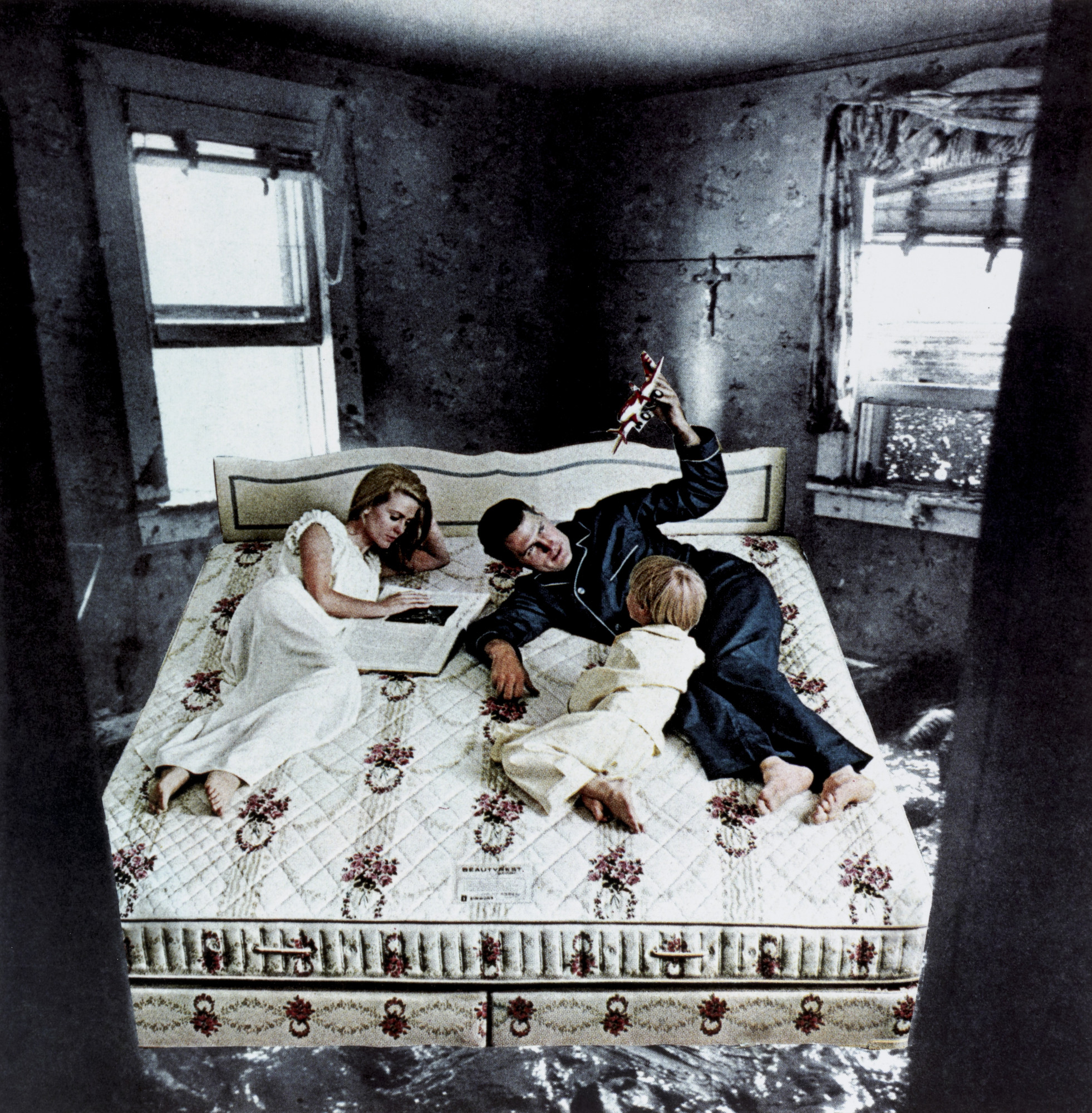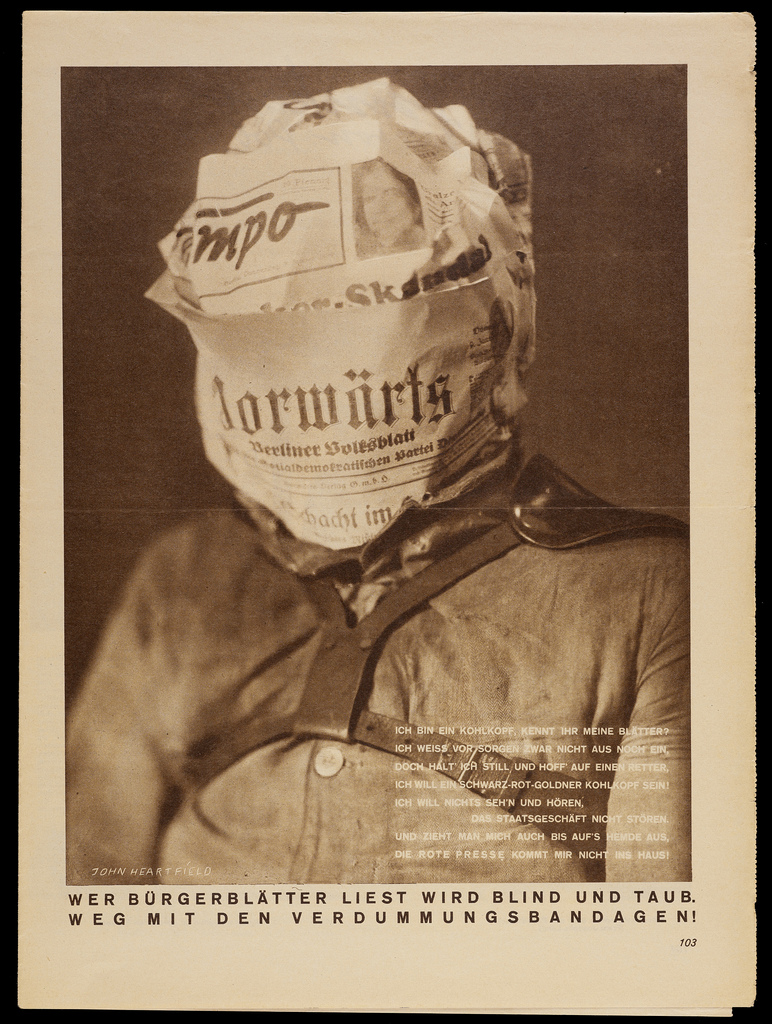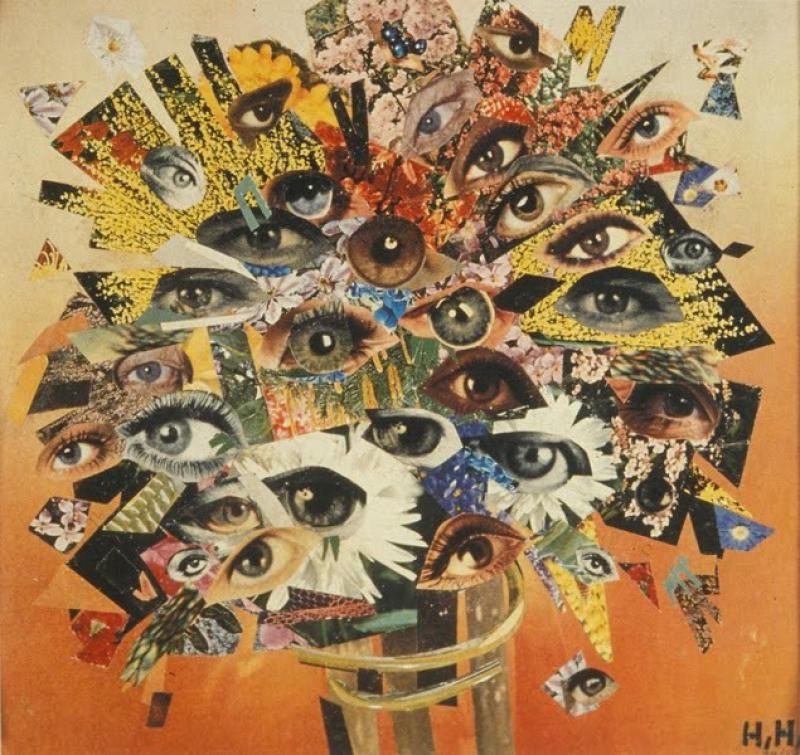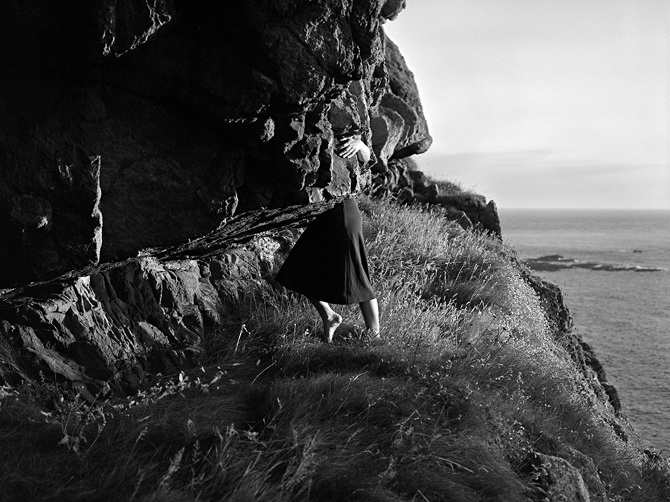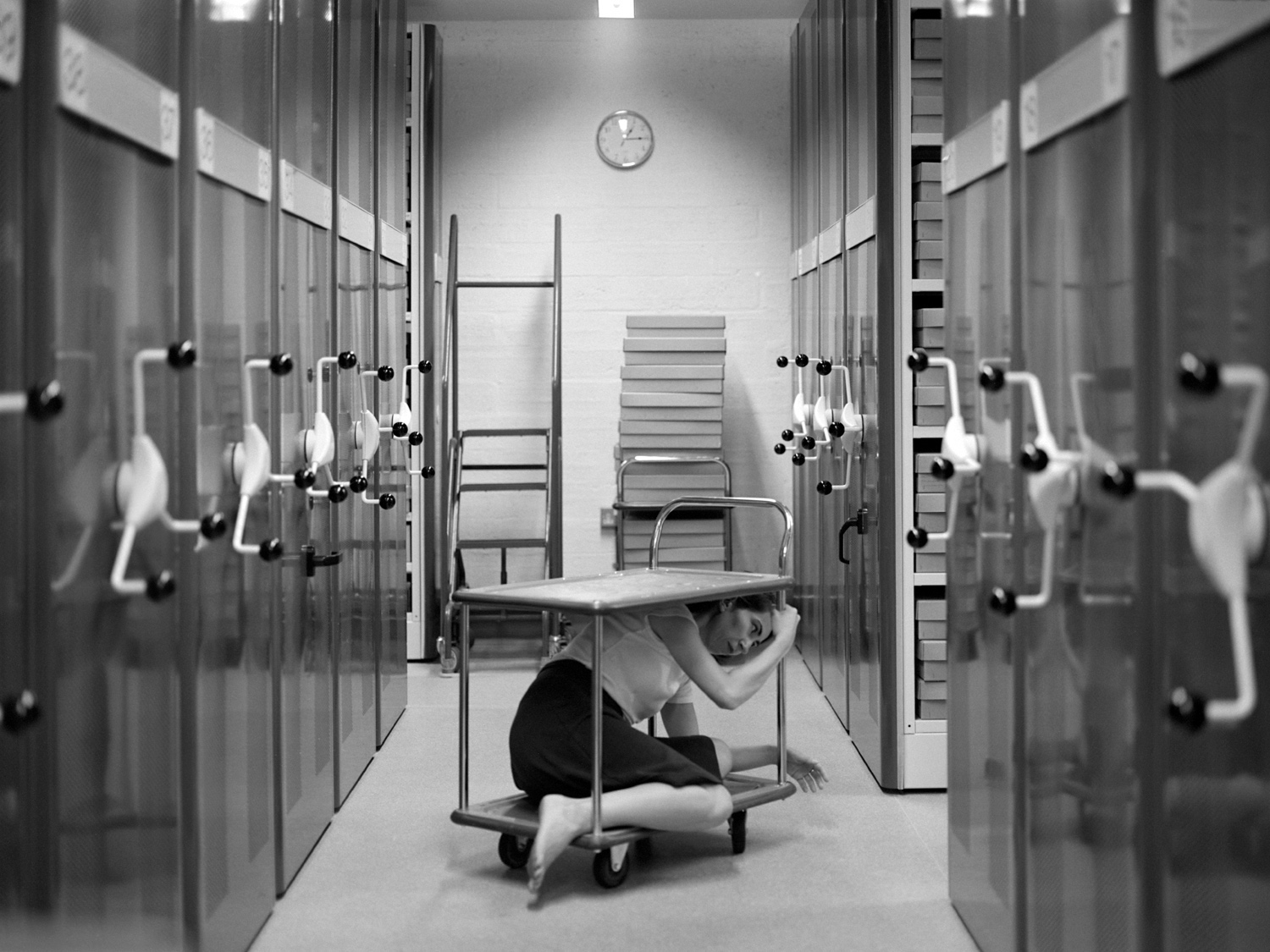In contrast to using studio lighting to produce the light for a photograph, natural lighting can also be used to provide lighting for a photograph. Natural lighting is often used in scenarios where using artificial lighting would be impractical, or would ruin the effect of the image. Natural light can provide a soft alternative to the harsh lighting of studio lighting, and can often blend with the environment much more subtly.
Below are a range of professional photographs taken using natural lighting:

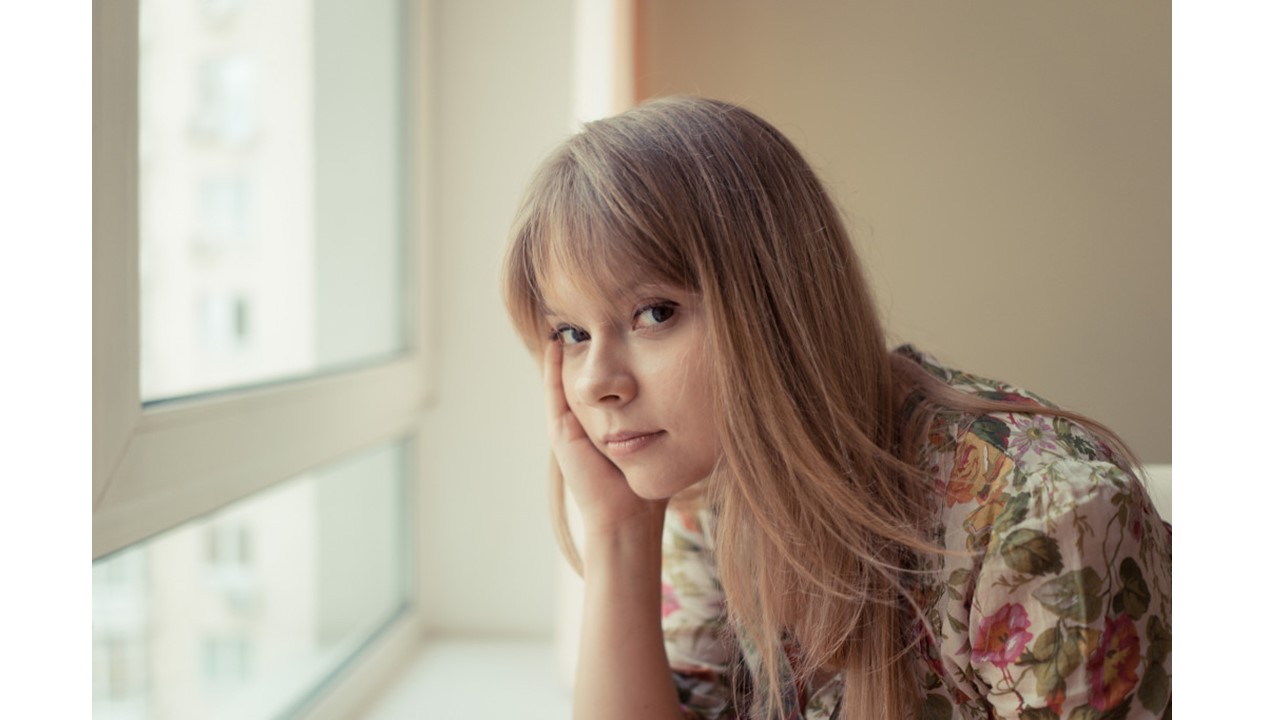

Using natural light can present challenges that are not present when using studio/artificial lighting. one such challenge is the inability to manipulate or alter the lighting. Natural lighting changes in intensity and direction depending on the time of day or the location of the photograph. The fact that natural lighting cannot be as easily manipulated means photographers can often struggle with producing an image with the striking effect they are looking for. These problems can be reduced using a variety of different techniques:
Reflectors:
Reflectors can be used when working with both studio and natural lighting, yet when working with natural lighting, they can be more useful in helping to direct light to specific places where it would otherwise not reach. Reflectors are useful when attempting to direct light into an area that it would not reach, or to bounce light back towards the subject to create more illumination:
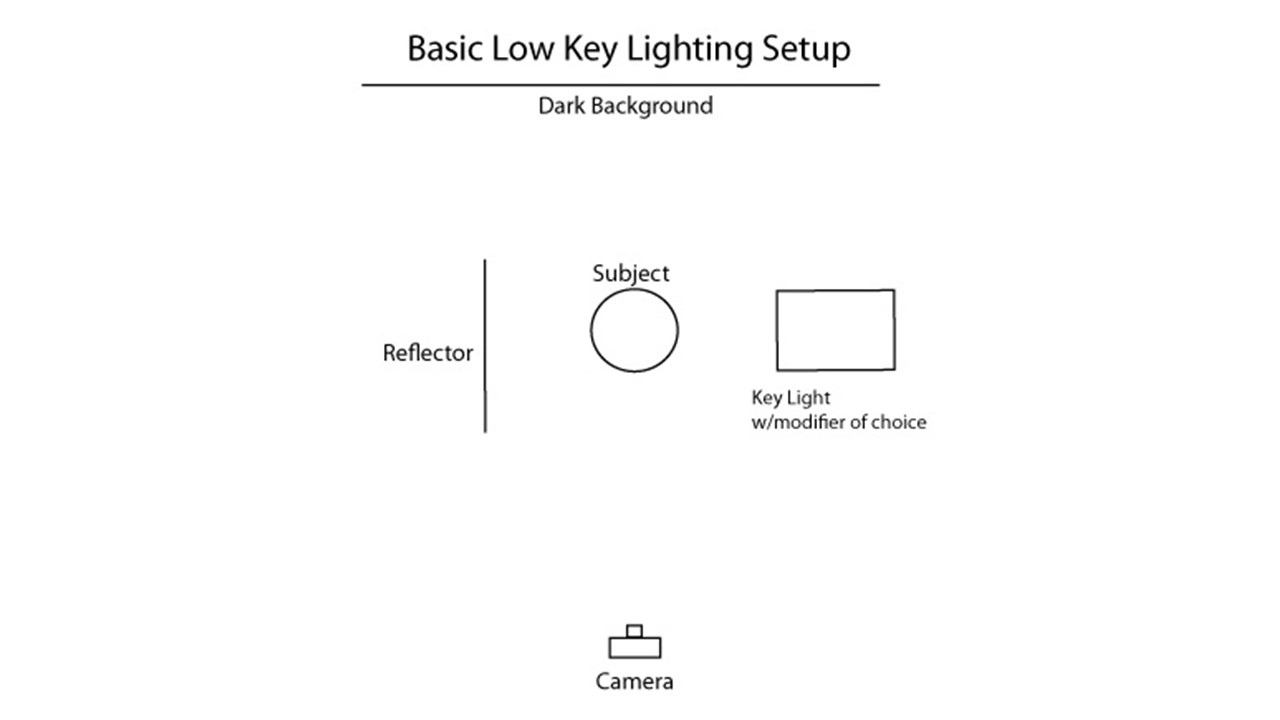

The color of the reflector also changes the color of the light that is reflected back onto the subject. Gold reflectors are often used to reflect light back so that it casts a warm light back onto the subject, whereas silver reflectors may be used in low light, as it is often able to cast light a further distance than a white reflector.





